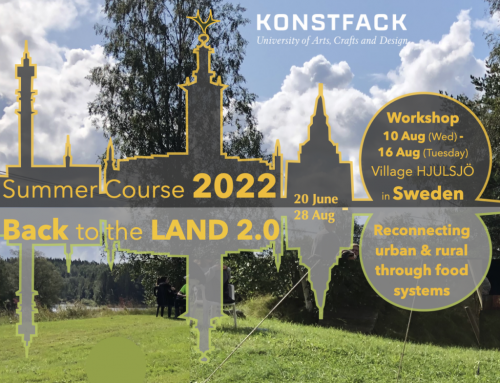- Be aware that the very concept of a ‘Plan’ is a subject of lively discussion in the Transition movement. These steps are taken from Rob Hopkins’ text, To Plan Or Not To Plan?
- Set up a steering group – but design its demise from the outset. This stage puts a core team in place to drive the project forward during the initial phases.
- Awareness raising: Build crucial networks and prepare the community in general for the launch of your Transition initiative.
- Lay the foundations: This stage is about networking with existing groups and activists.
- Organise a Great Unleashing: This stage creates a memorable milestone to mark the project’s “coming of age.”
- Form sub-groups: Tap into the collective genius of the community for solutions that will form the backbone of the Energy Descent Action Plan.
- Use Open Space: We’ve found Open Space Technology to be a highly effective approach to running meetings for Transition Town initiatives.
- Develop visible practical manifestations of the project: It is essential that you avoid any sense that your project is just a talking shop where people sit around and draw up wish lists.
- Facilitate the Great Reskilling. Give people a powerful realisation of their own ability to solve problems, to achieve practical results and to work cooperatively alongside other people.
- Build a bridge to Local Government: YYour Energy Descent Plan will not progress too far unless you have cultivated a positive and productive relationship with your local authority.
- Honour the elders: Engage with those who directly remember the transition to the age of cheap oil.
- Let it go where it wants to go: If you try and hold onto a rigid vision, it will begin to sap your energy and appear to stall.
- Create an Energy Descent Plan: Each subgroup will have been focusing on practical actions to increase community resilience and reduce the carbon footprint.
Source: http://www.transitiontowns.org.nz/12steps
See also: http://transitionculture.org/wp-content/uploads/kinsaleenergydescentactionplan.pdf




